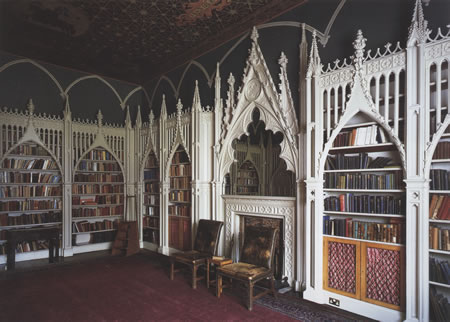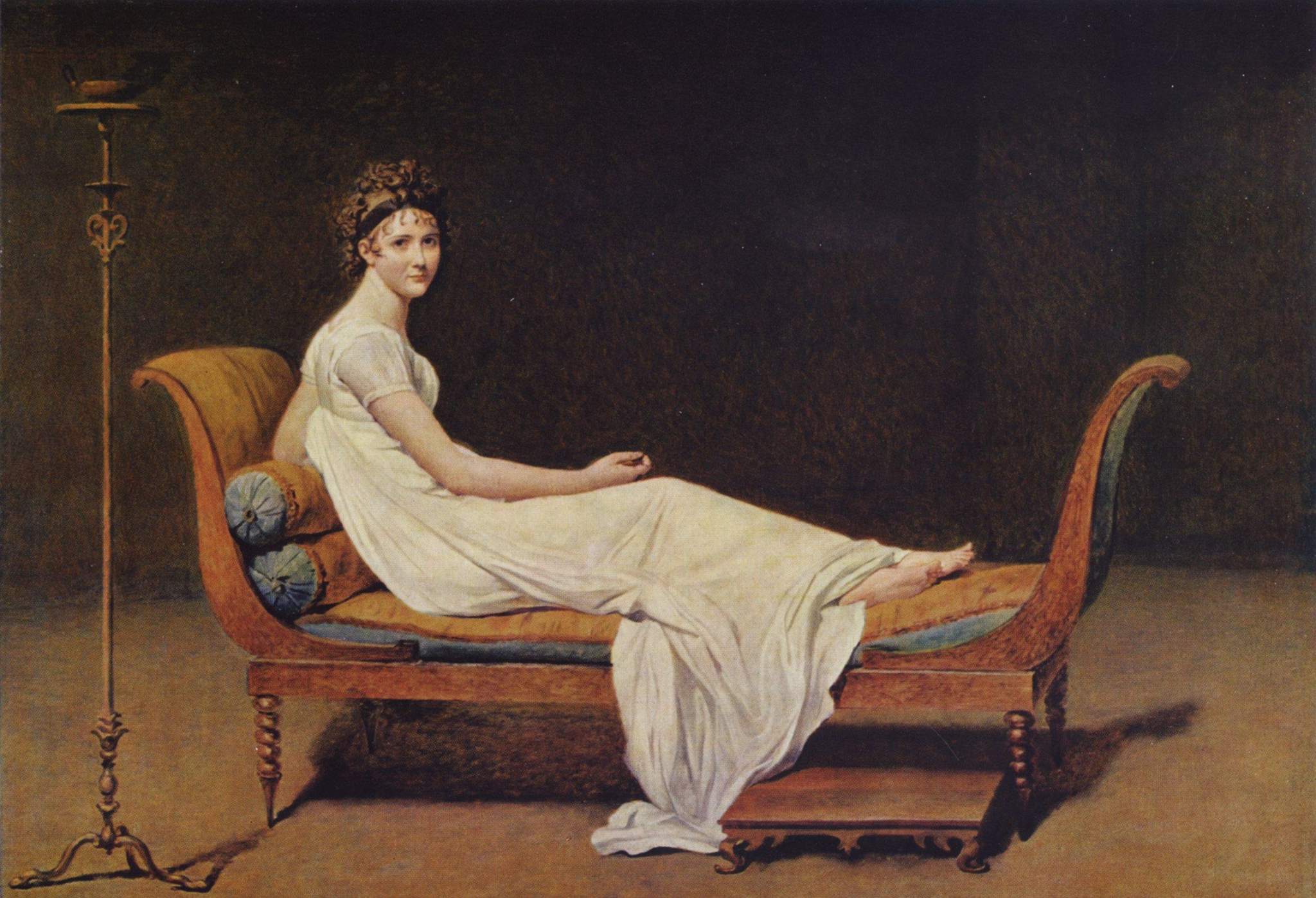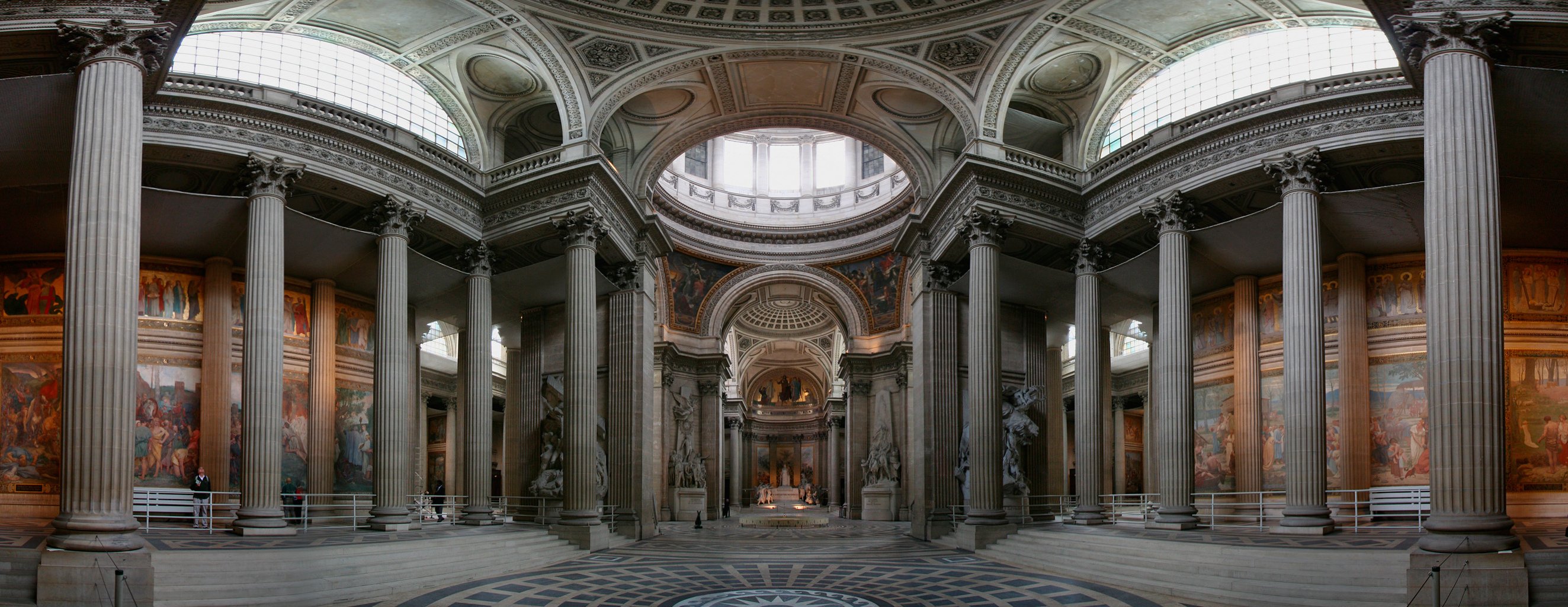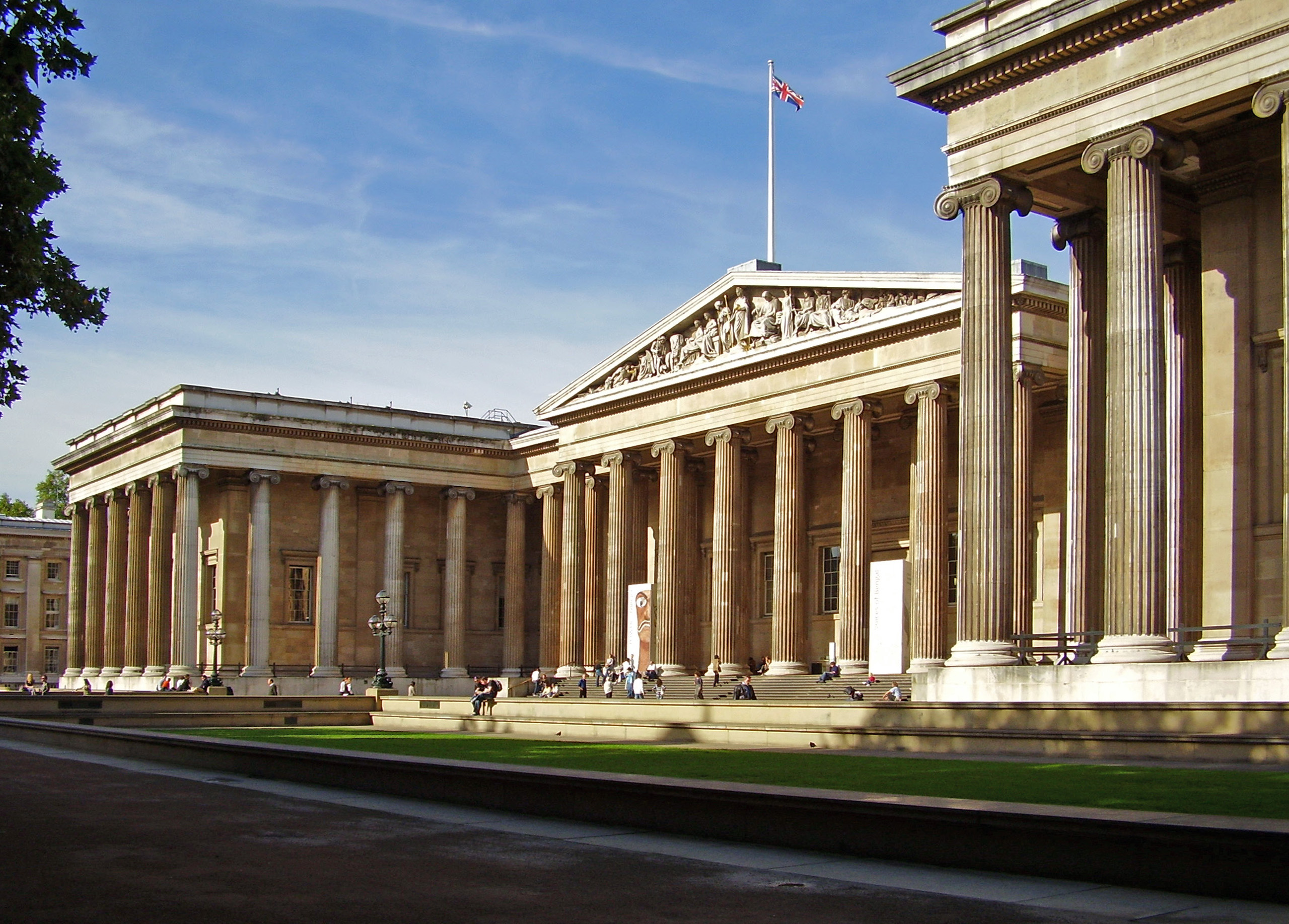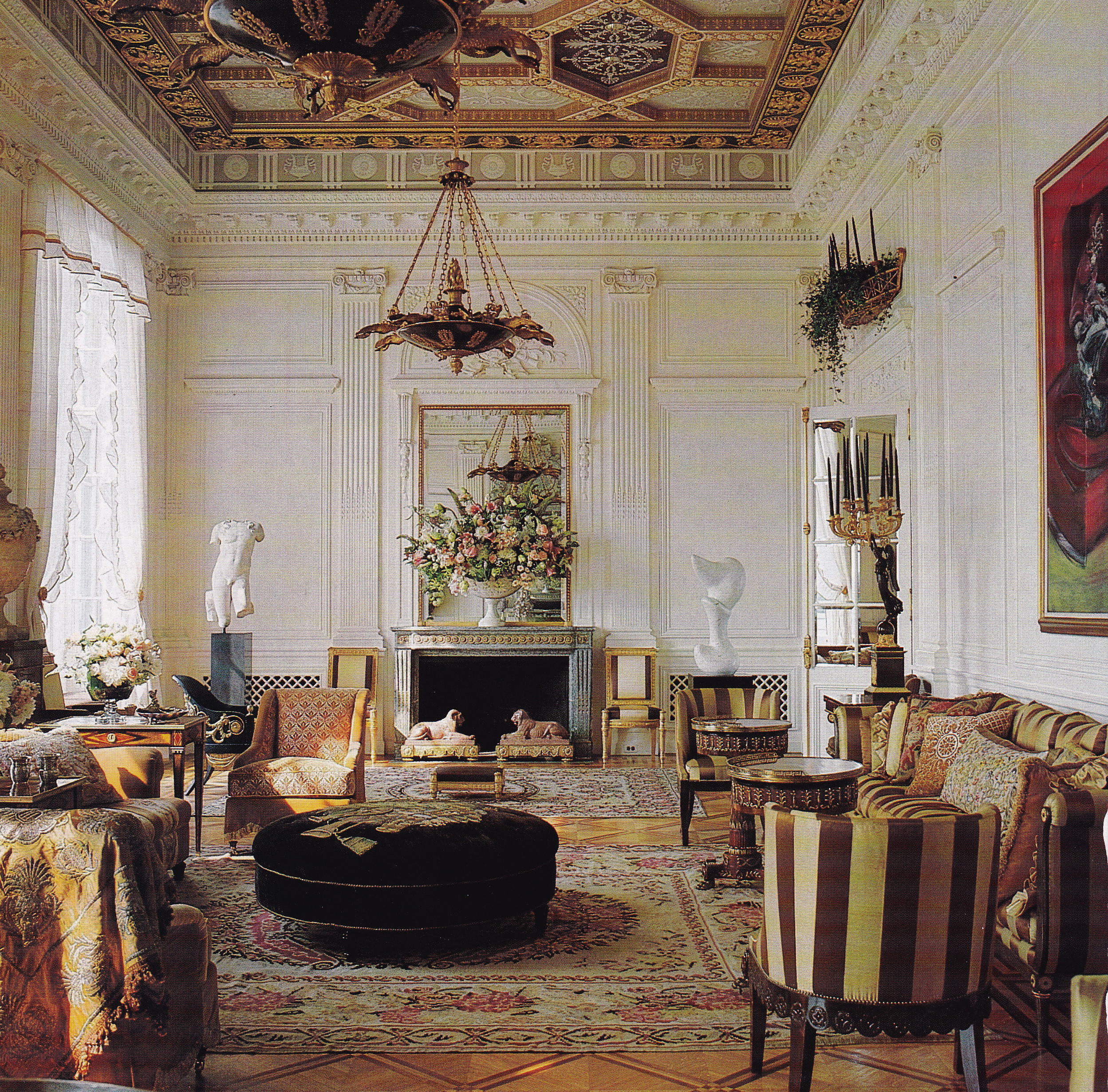Pre- Raphaelite Brotherhood was founded by Dante Gabriel Rossetti in 1848 with William Holman Hunt and John Everett Millais, and was later to be the main inspiration for a second generation of artists and writers influenced by the movement, most notably William Morris and Edward Burne-Jones His work also influenced the European Symbolists and was a major precursor of the Aesthetic movement.
Rossetti's art was characterised by its sensuality and its medieval revivalism. ,The Pre-Raphaelite were a group of English painters and artists, incorporated by the attraction to the aesthetics of medieval and classical poses and elegant compositions.The style features excellent details and vibrant colors. Pre-Rapraelites considered themselves as reformist movement and were also considered the first avant-garde movement. Their aim were to rediscover the nature in painting again, trying to reach maximum details in the painting. They were against the academic painting. They wanted to show the natural and real world using bright and clear techniques on canvas. Rossetti's art was characterised by its sensuality and its medieval revivalism. ,The Pre-Raphaelite were a group of English painters and artists, incorporated by the attraction to the aesthetics of medieval and classical poses and elegant compositions.The style features excellent details and vibrant colors. Pre-Rapraelites considered themselves as reformist movement and were also considered the first avant-garde movement. Their aim were to rediscover the nature in painting again, trying to reach maximum details in the painting. They were against the academic painting. They wanted to show the natural and real world using bright and clear techniques on canvas.
''Christ in the house of his parents'' was considered blasphemous by many people. The brotherhood's medievalism was attacked as backward-looking and its extreme devotion to detail was condemned as ugly and jarring to the eye. Using ordinary people to portrait religious scene had been very shocking by the time.
_-_Google_Art_Project.jpg/1920px-John_Everett_Millais_-_Christ_in_the_House_of_His_Parents_(%60The_Carpenter's_Shop')_-_Google_Art_Project.jpg) |
| Christ in the House of His Parents, by John Everett Millais, 1850 |
 |
| John Everett Millais Ophelia , 1851-2 |
 |
| Proserpine by Dante Rossetti |
The Art & Craft movement was movement was 19th century movement born of Ideals and Utopian visions.It grew out of concert for the effect of Industrial manufacture and unregulated trade. It advocated the reform of art, a revival to traditional handcrafts from the pre-industrial design, a return to simpler way of life and improvement in the design of ordinary domestic objects. It was formed as a reaction against the growing Industrialisation of Victorian Britain. The movement took it's name from the Art & Crafts exhibition society founded in 1887. The two most influential figures were the artist and critic John Ruskin and the designer, writer and activist William Morris. William Morris and John Ruskin were associated with the Pre-Raphaelite Brotherhood. Morris became increasingly fascinated with the idyllic Medievalist depictions of rural life which appeared in the paintings of the Pre-Raphaelites, and spent large sums of money purchasing such artworks. From the 1850s John ruskin championed the Pre-Raphaelite who were influenced by his ideas.
Basic characteristics of the movement:
- truth to materials. preserving the natural qualities of the materials
- simple forms. no extravagant decoration
- natural motifs. the patterns were inspired by the flora and found of the British countryside
- the vernacular
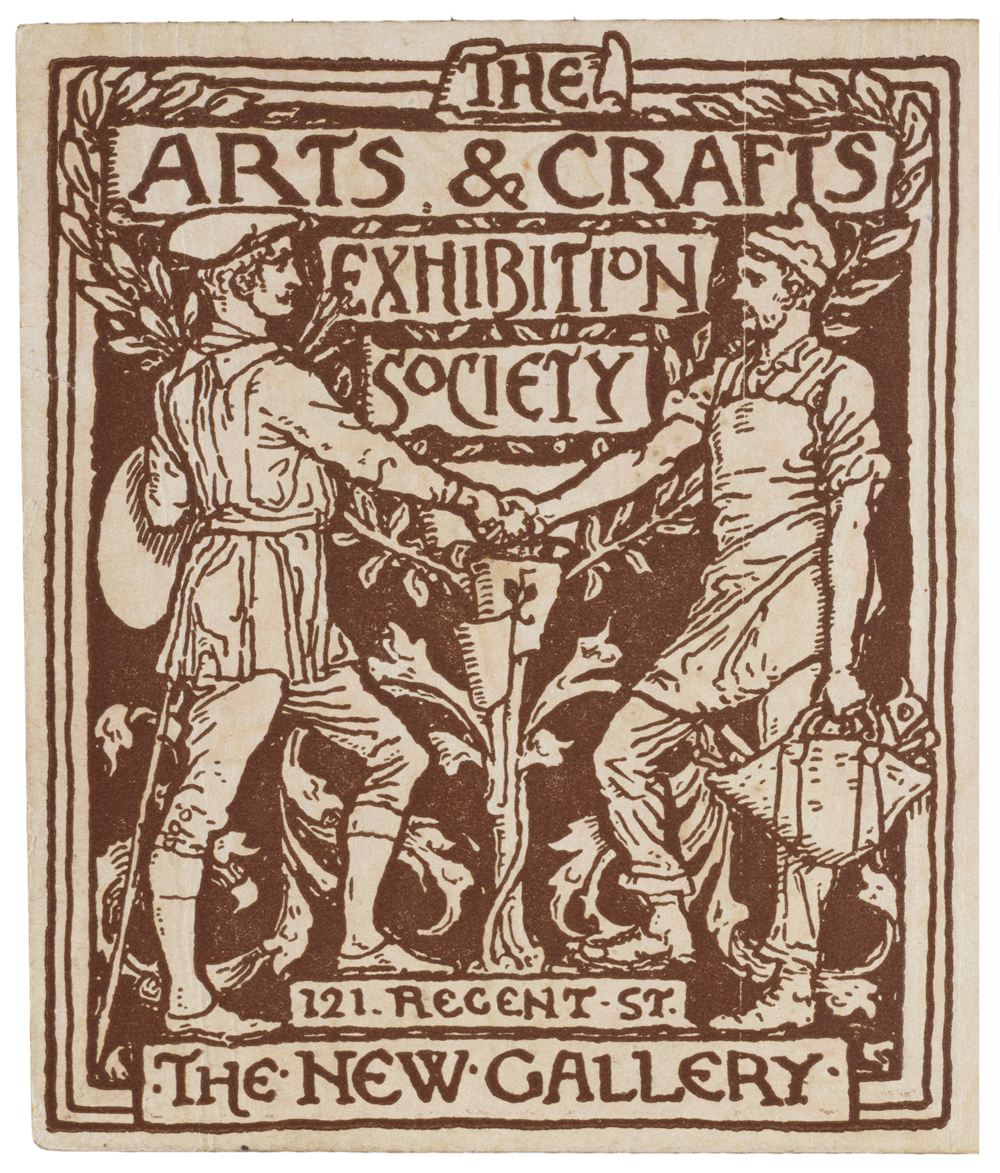 |
''The Arts and Crafts Movement flourished in large cities such as London, Birmingham, Manchester, Glasgow and Edinburgh. These urban centres had the infrastructure of organisations and patronage that allowed the movement to gather pace. The work itself was created in a variety of situations, ranging from individual and small workshops to larger manufacturers.
Exhibition societies, initially in London and subsequently throughout Britain, gave the movement its name, public identity and a forum for discussion. Progressive new art schools, such as the Central School of Arts and Crafts in London, emphasized handwork and craftsmanship. They encouraged the development of workshops and individuals, as well as the revival of techniques like enamelling, embroidery and calligraphy.
Designers and manufacturers forged new relationships and were able to sell their Arts and Crafts goods through shops such as Morris & Co., Heal's and Liberty's. All this helped the movement reach a much wider audience. Its patrons were mainly fashionable and artistically aware individuals, but they also included institutions such as the Church.''
Gothic revival had a great impact to the Art & Crafts style. The truth to material, strutter and function advocated by A.W.N. Pugin became curtail principles of the Art & Craft movement, also shared John Ruskin's belief in the moral purpose of art. He advocated a return to the spiritual values of the Middle ages, which he felt had been lost in the mechanised and materialistic age which he lived.Manifestation of the Art & Craft way of life was The Red House. Designed by Philip Webb for his friend William Morris. The Red House characterises the early Art & Craft style, inspired by the British vernacular architecture. It's been radical to use bricks in that time.
''Red House was designed by Philip Webb in 1859, as a home for William Morris and his young wife Janey. Webb was a friend of Morris and this was his first building. With its steep, red-tiled roof, based on medieval models, and its emphasis on natural materials, the house became a major influence in Britain and abroad. Morris really like the house, for him that was a representation of usefulness and beauty at the same time. Morris did't like all this mass produced stuff, he wanted to furnish the house with beautiful and handmade stuff. Morris did much of the work himself, with help from his artist friends.Prompted by the success of their efforts, they decided to start their own company. In April 1861 Morris, Marshall, Faulkner & Co. was established at 8 Red Lion Square in London.the firm that brought Morris's designs to a wider public. It produced a range of original domestic furnishings including embroidery, tableware and furniture, stained glass and tiles. Wallpapers were soon added to the list because Morris was unable to find any he liked well enough to use in his own home.''He collected medieval books to get his inspiration.
 |
| William Morris’s Red House in Bexleyheath |
 |
| Red house interior stare case |
 |
| Red House interior |
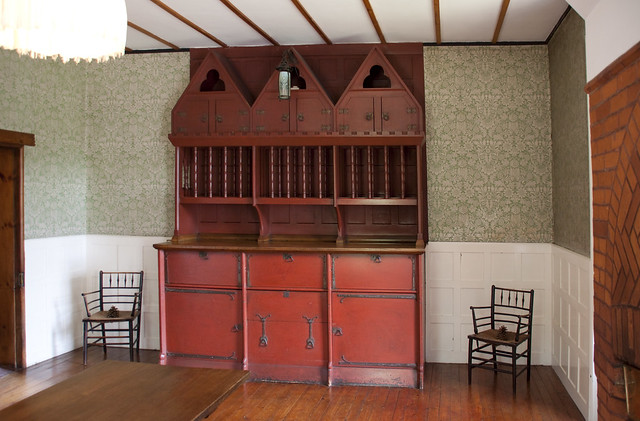 |
| Red house interior, with Morris's wallpaper and the famous ''Sussex chair'' |
 |
| Morris's first wallpaper design was Trellis, a pattern suggested by the rose-trellis in the garden of his house in Bexlevheath, Kent |
William Morris has been a socialist whom belief was n 'art for all', but his wallpapers, like most of the products of Morris & Co., were hand-made and expensive, and consequently had a relatively limited take-up.
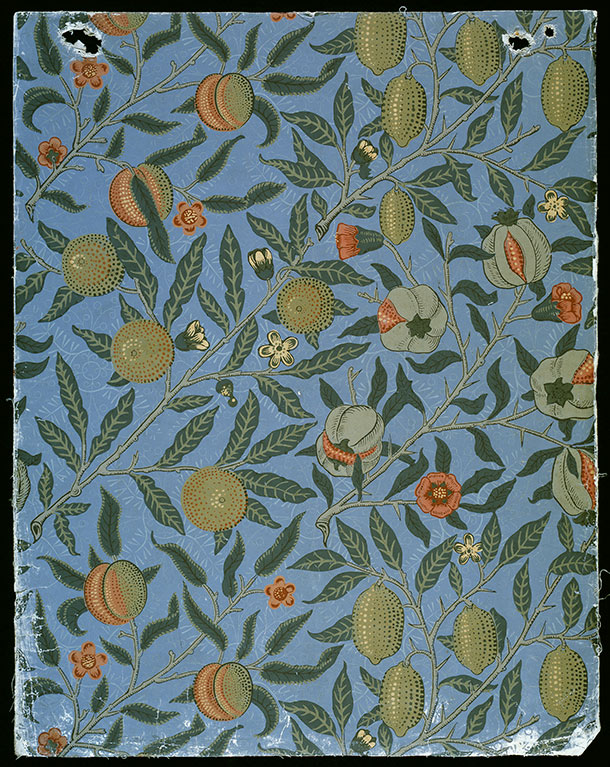 |
| 'Fruit' (or 'Pomegranate') wallpaper, by William Morris, 1866. Museum no. E.447-1919. © Victoria & Albert Museum, London |
 |
| Strawberry Thief, 1883, William Morris |
 |
| This is the only completed easel painting that William Morris produced. It is a portrait in medieval dress of Jane Burden, whom Morris married in April 1859. Inspired by the Pre-Parhaelite Brotherhood |
Aestheticism was an approach to life based on the philosophy of 'art for art's sake'. It emphasised the importance of art above everything else and the pleasure to be found in beautiful things. Aetheticism was a complex mixture of a number of styles. Classical and Japanese art were particular inspirations. It was fashionable from 1870 to 1900.In the 1860s the new and exciting 'Cult of Beauty' united, for a while at least, romantic bohemians such as Dante Gabriel Rossetti (and his younger Pre-Raphaelite followers William Morris and Edward Burne-Jones. Rossetti and his friends were also the first to attempt to realise their imaginative world in the creation of 'artistic' furniture and the decoration of rooms. In this period, artists' houses and their extravagant lifestyles became the object of public fascination and sparked a revolution in the architecture and interior decoration of houses that led to a widespread recognition of the need for beauty in everyday life.
Characteristics
Peacock feathers The peacock feather, previously thought to be a symbol of bad luck, became an icon of the Aesthetic style. Its use as a motif confirmed Aestheticism's reputation for decadence.
SunflowersSunflowers were the most popular Aesthetic motif. With its bold colour and simple flat shape the flower had great appeal for Aesthetes.
Blue and white ceramicsHuman figures shown in Classical Greek and Roman art provided 18th century artists and designers with sources of both subject matter and style. The cameo format, where the figure is shown in profile, was particularly popular.
Strong colour The Aesthetic style favoured strong, simple colours. Bright blues, greens and especially yellows were very popular. Such colours were used in domestic interiors, often in combination with black furniture. Black was also a dominant colour of Aesthetic-style graphic arts
 |
| Sir William Blake Richmond, Mrs Luke Ionides by Sir William Blake Richmond, 1879 |
 |
| Dante Gabriel Rossetti - Monna Vanna |
 |
| The Little White Girl, 1864. by James Whistles |
 |
| Peacock feathers. Furnishing fabricArthur Silver1887 |
 |
| Lewis Foreman Day About 1880 Ebonised birch wood case, with porcelain face |
 |
Edward William Godwin - Pair of vases with sgraffito decoration |
 |
William Eden Nesfield - Screen |
Oscar Wilde The poet and writer Oscar Wilde was the leading personality of the Aesthetic Movement. He promoted the philosophy of 'art for art's sake' in a series of lectures in America and Britain. Wilde was a famous dandy and wit. He is best known for plays such as Lady Windermere's Fan, The Importance of Being Earnest and The Picture of Dorian Gray, which was later turned into a novel. In 1895, at the height of his success, Wilde was tried and imprisoned for homosexuality. With his downfall the Aesthetic Movement lost its popularity.
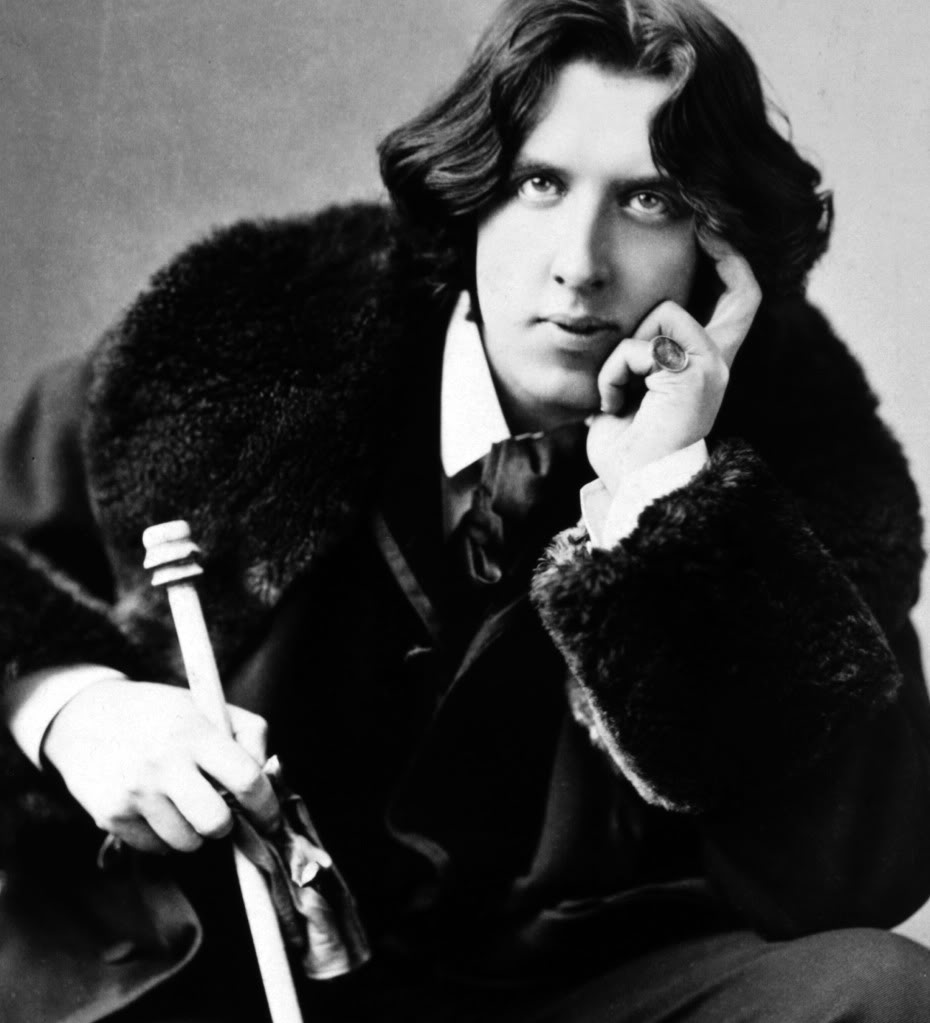 |
| Oscar Wilde, the first celebrity style-guru |


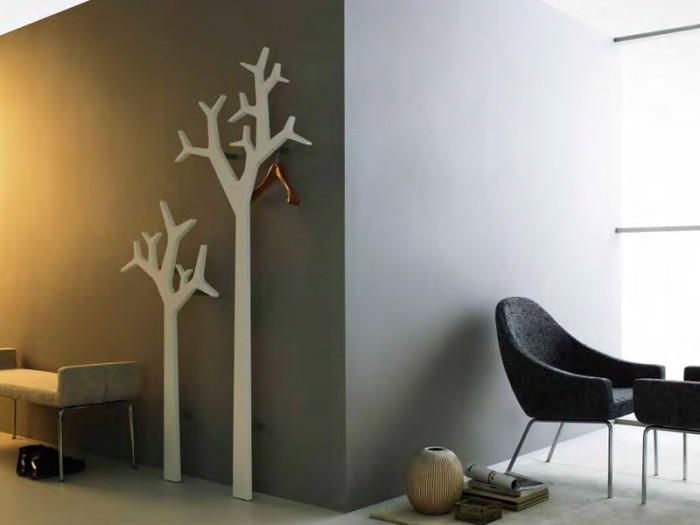

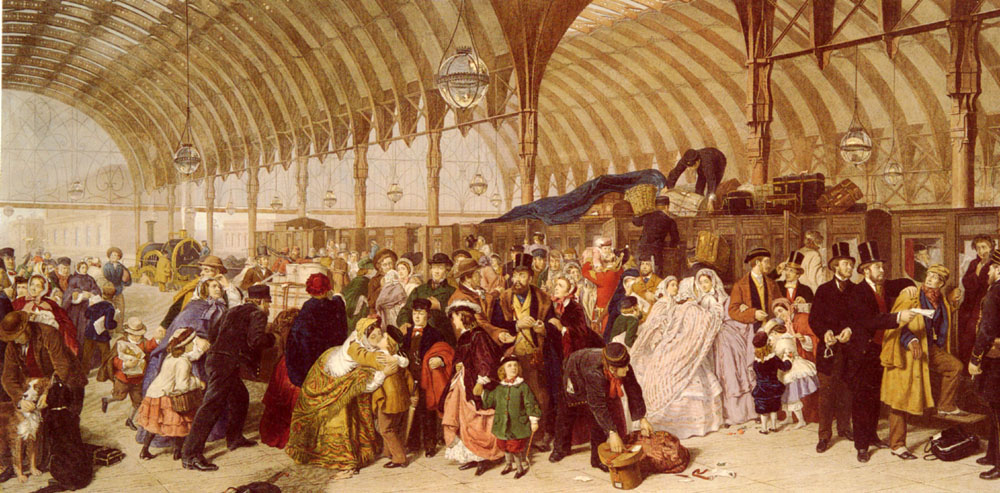



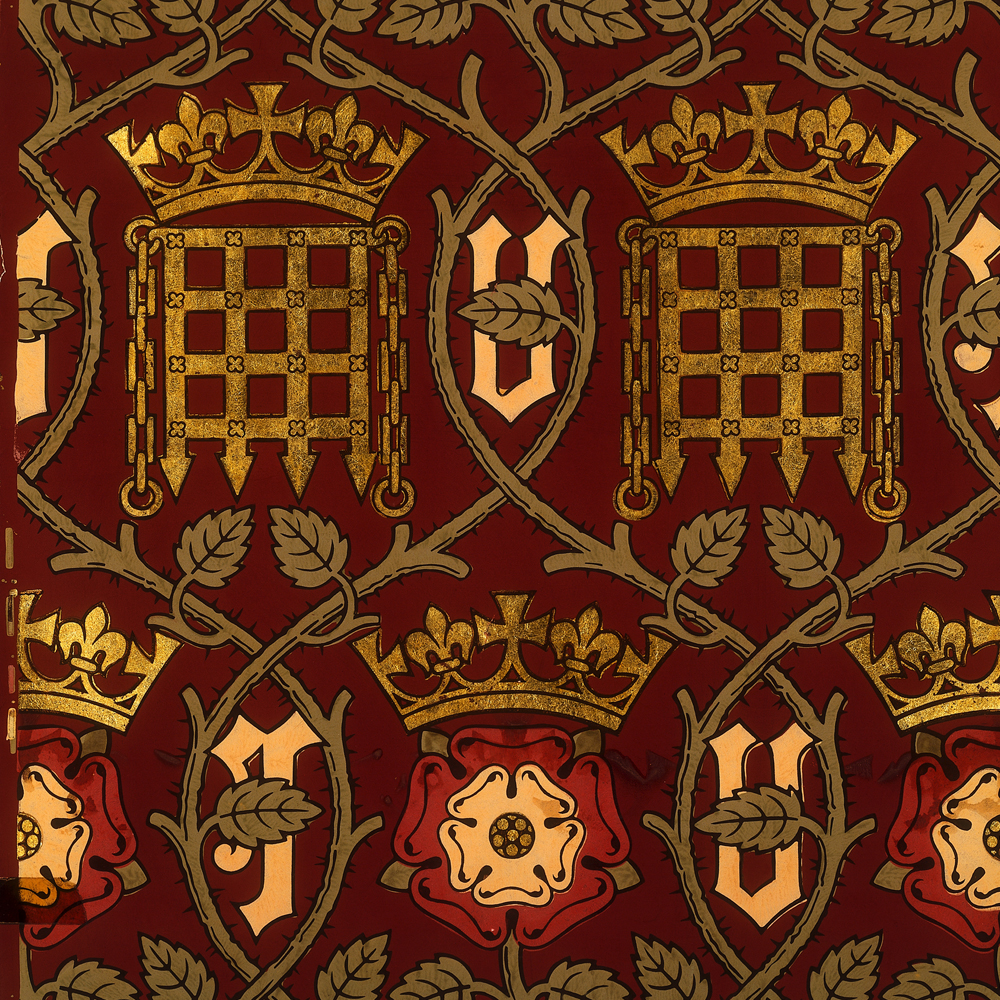
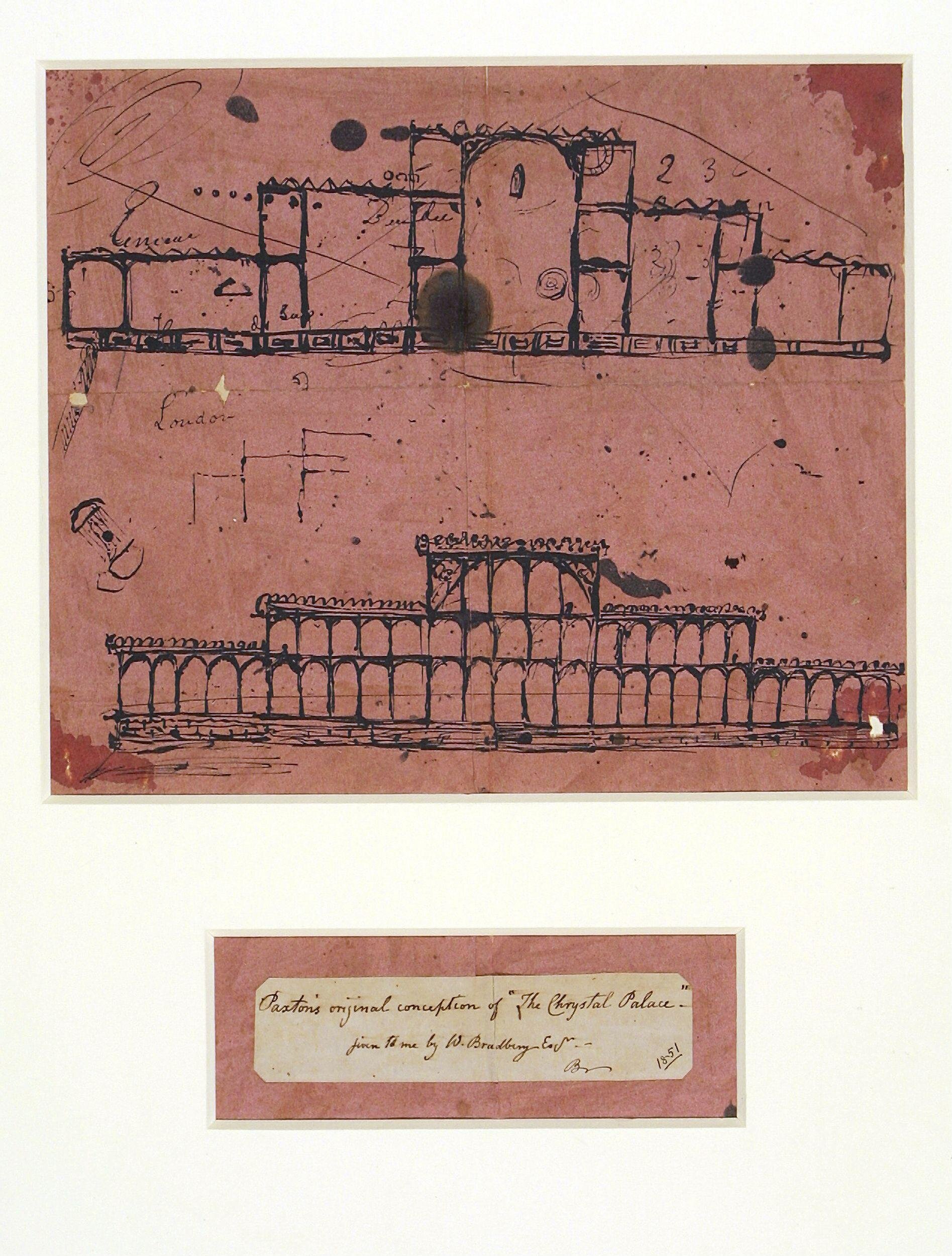



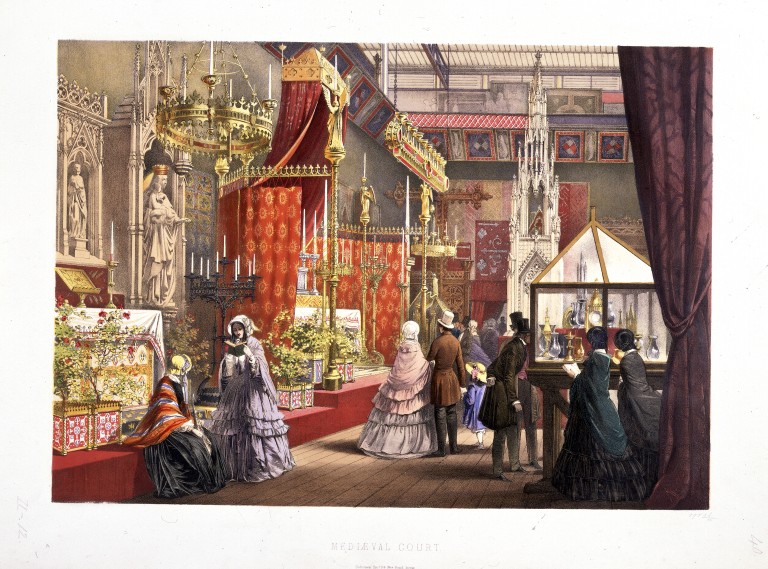







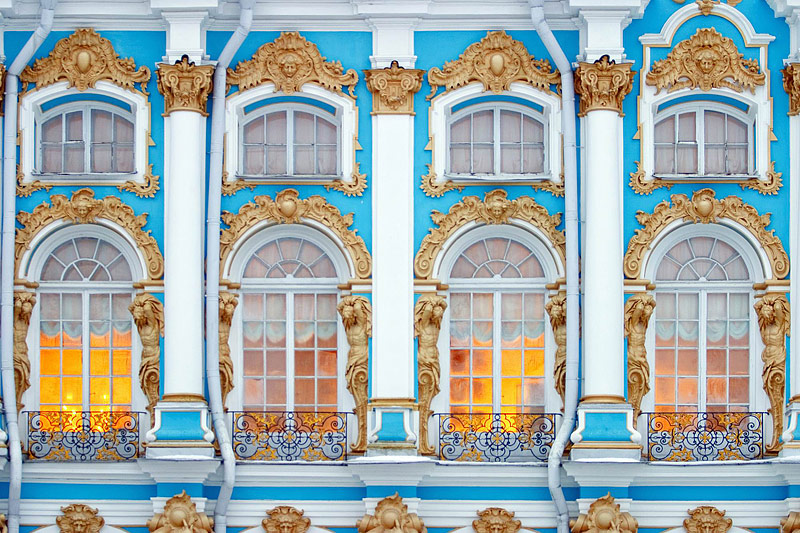


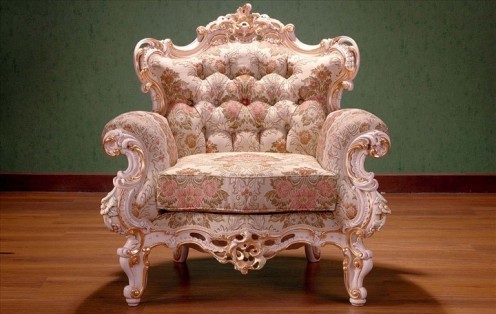









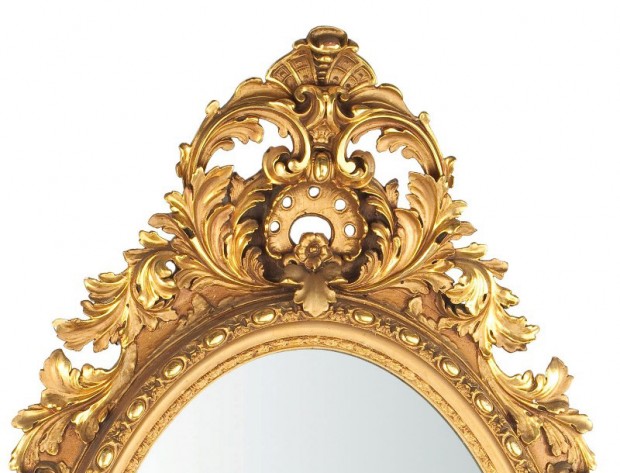
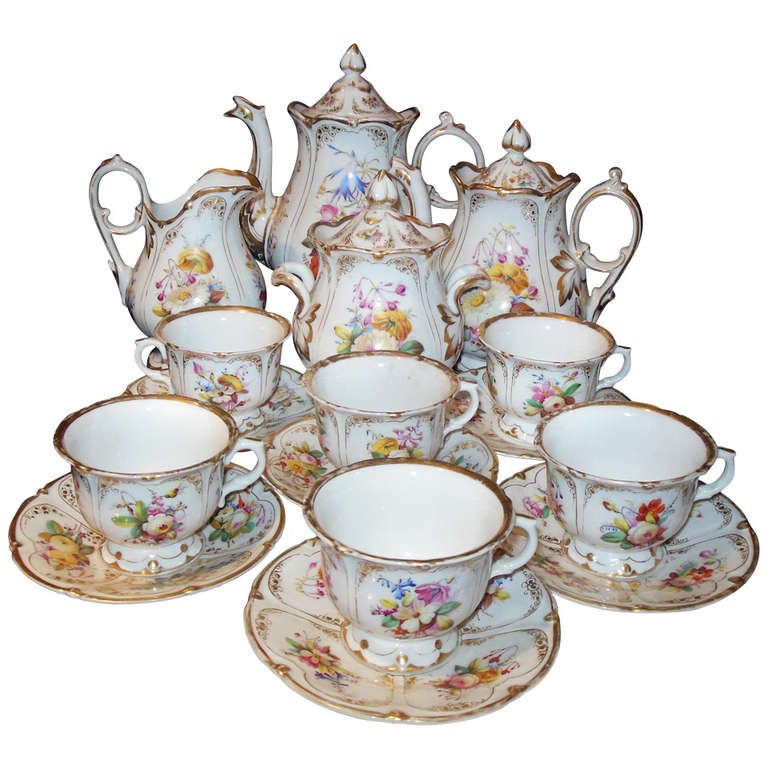






.png)




